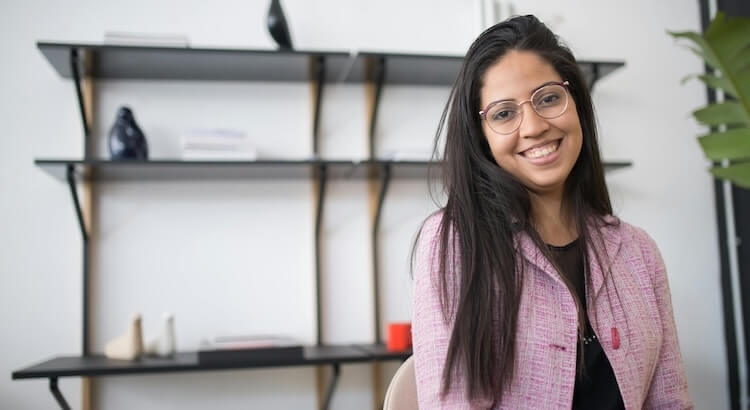Transcriptionists vs. Captioners: What's the Difference?
Transcriptionists and captioners both turn audio or video content into text. While these jobs might seem the same, they require distinct skills and produce different final results. If you want to become a transcriptionist or a captioner, it helps to know what each role involves, the differences between them, and the tools or training you might need. This guide covers the essential info to help you choose the right path.What Do Transcriptionists and Captioners Do?
Both transcriptionists and captioners listen to media and type out what they hear. Yet, each job comes with its own tasks and challenges.Transcriptionist Duties
- Transcriptionists work with audio or video files, such as interviews, podcasts, meetings, and lectures.
- They may create verbatim transcripts or clean transcripts (without false starts or stutters).
- Advanced transcriptionists handle legal, medical, or insurance files, which often need extra training.
- They use word processors or specialized transcription software.
Captioner Duties
- Captioners prepare text for TV shows, movies, web videos, and live events.
- They create captions for viewers who are deaf or hard of hearing.
- There are two main types:
- Real-time (stenocaptioners): Use a stenography machine to produce captions live, such as during news broadcasts or sports events.
- Offline captioners: Work on pre-recorded content, syncing captions with dialogue and sounds.
- Captioners must split text into smaller sections and match them with time-stamps to appear in sync with media.
Learn more about closed caption services and how they improve accessibility for all viewers.
Similarities Between Transcriptionists and Captioners
Transcriptionists and captioners have overlapping skills and work conditions:- They use audio or video as source material.
- Both need good listening skills, attention to detail, and strong spelling and grammar.
- Familiarity with computers or stenography equipment is necessary.
- They must follow style guides or formatting rules for consistency.
- Most transcriptionists and offline captioners enjoy flexible work schedules.
- Many work from home on a full-time or freelance basis.
Key Differences: Transcriptionists vs. Captioners
Even with so many similarities, important differences set these two jobs apart.Education and Training
- Most transcriptionists should complete an associate degree or a transcription certificate program.
- Specialized roles in legal or medical fields need further education about specific terms and industry rules.
- Captioners often pursue degrees or certificates in court reporting, stenography, or related fields.
- Certifications like Certified Realtime Captioner (CRC) help build a career in captioning. The National Court Reporters Association provides certification programs.
Job Duties
While all need top listening skills, the tasks differ:
- Transcriptionists focus on:
- Typing out spoken words
- Editing, proofreading, and formatting transcripts
- Meeting client format requirements
- Captioners focus on:
- Describing dialogue and sounds
- Editing to remove unnecessary material
- Synchronizing text with video or audio frames
- Producing live captions using stenography machines
If you need accurate editing, try transcription proofreading services.
Industries Served
Transcriptionists and captioners both work in media and entertainment, but their reach goes further:
- Transcriptionists also work in:
- Business and marketing
- Academia
- Finance
- Insurance
- Law enforcement
- Medicine
- Captioners are found in:
- TV, streaming, and film production
- Government meetings and press conferences
- Education (especially universities and colleges)
- Religious services
Salary and Job Outlook
- The average full-time salary for captioners is around $50,000 per year; transcriptionists average about $44,000 (Bureau of Labor Statistics, 2023).
- Part-time roles pay $16–$17 per hour, depending on skill and experience.
- Salaries rise for real-time captioners or those with specializations, such as translation or legal work.
To see current rates, check transcription pricing and captioning services pricing.
Benefits of Using Transcriptionists and Captioners
Transcription and captioning improve access for everyone, especially those who are hard of hearing or non-native English speakers.- Transcripts and captions help people understand content, even with background noise.
- They support learning for those with auditory processing disorders or learning differences.
- Written text makes searching and referencing content easier.
- Captions make videos usable without sound, boosting engagement (2021 study).
If you need to reach a global audience, try subtitling services or audio translation service for your content.



















 Verified Order
Verified Order